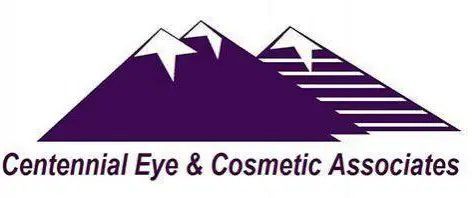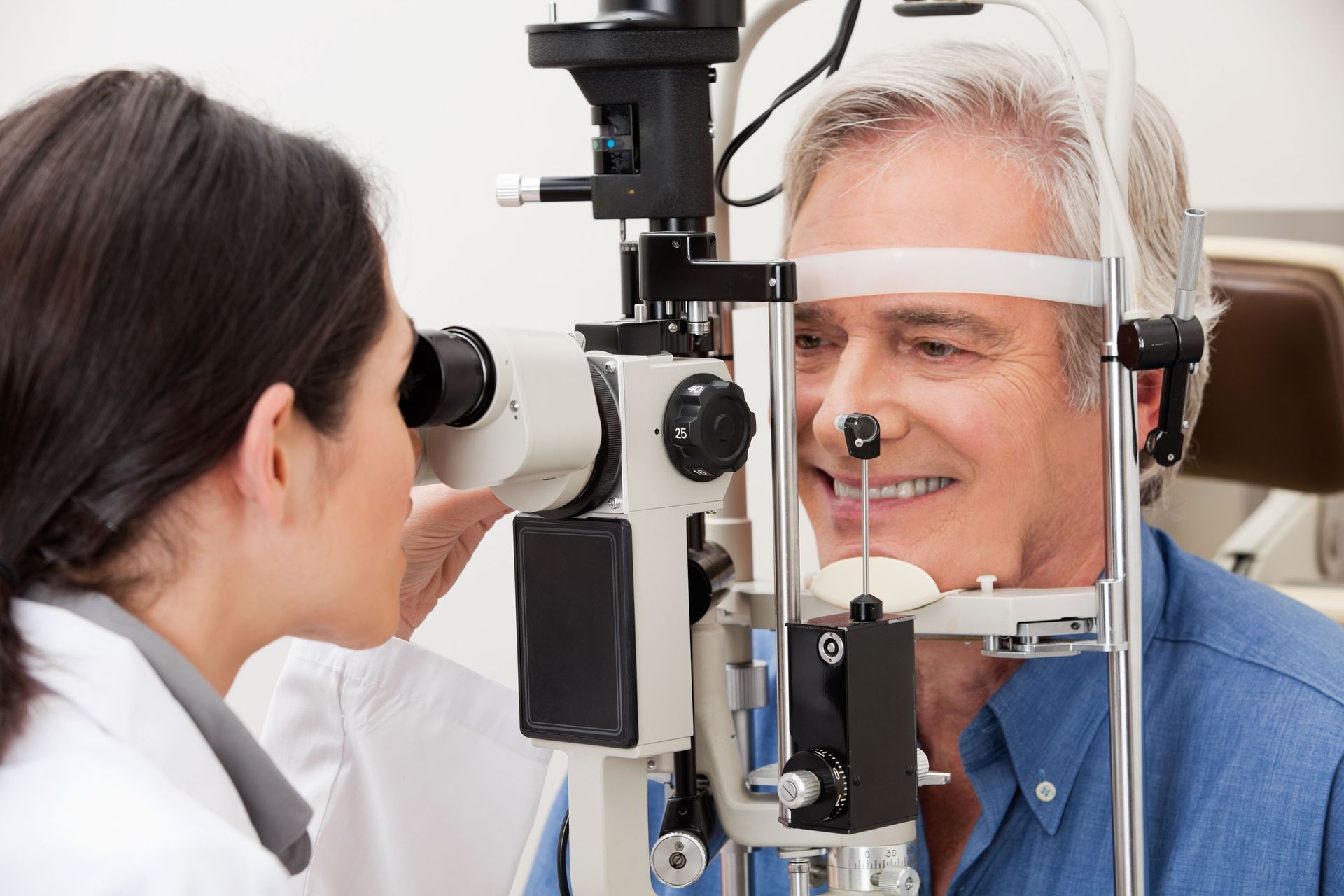How to Know When It’s Time to See an Eye Doctor for Dry Eyes
By Ashley Lofgren | September 22, 2025
Understanding the significance of dry eyes and recognizing the symptoms can be crucial for maintaining good eye health. While many people may dismiss occasional dryness as a minor inconvenience, persistent or worsening symptoms often point to an underlying condition that requires professional attention. Dry eyes can interfere with daily tasks such as reading, driving, or working on a computer, and if ignored, the problem can lead to long-term complications. By equipping yourself with the right knowledge, you’ll be better prepared to take proactive steps in protecting your vision and overall quality of life.
Understand the Causes and Symptoms of Dry Eyes
Dry eyes occur when your tears can't adequately lubricate the eyes. This might stem from either not producing enough tears or producing low-quality tears that evaporate too quickly. The problem can be both chronic and intermittent, affecting quality of life significantly. When eyes are not sufficiently moisturized, they feel uncomfortable and can lead to serious complications if left untreated. Thus, understanding what dry eyes entail is crucial for recognizing when to seek medical help.
Several factors can lead to the development of dry eyes. Age is a natural factor; as one gets older, tear production decreases. Additionally, environmental conditions such as dry air, wind, or smoke can exacerbate symptoms. Certain health conditions and medications also contribute to reduced tear production or increased tear evaporation. Understanding these potential causes can help in identifying and addressing the root of the problem.
The symptoms of dry eyes can vary from mild to severe, and they include a feeling of dryness, grittiness, or something in the eye. Other symptoms might include eye redness, stringy mucus around the eyes, or sensitivity to light. Some people experience blurred vision or tired eyes, especially after reading or looking at a computer screen for an extended period. Others might have watery eyes, a paradoxical symptom caused by the reflex to dry conditions. Recognizing these symptoms is essential in knowing when to seek an eye doctor’s advice.
Certain risk factors increase the likelihood of developing dry eyes. Women are more susceptible due to hormonal changes, particularly during pregnancy, menopause, or while using oral contraceptives. Increased screen time without regular breaks can also exacerbate the condition. Additionally, living in areas with high pollution or frequent air conditioning and heat exposure may increase risk. Lifestyle habits, such as wearing contact lenses for an extended period, also contribute significantly.
Recognizing dry eyes early on can prevent more severe complications down the line. Left untreated, dry eyes can lead to inflammation, pain, and even damage to the corneal surface, increasing the risk of infection. Early intervention allows for easier management and improves the quality of life. According to the National Eye Institute, over 16 million Americans are affected by dry eye, underscoring how widespread the condition is and why timely care is so important. Awareness and proactive action play crucial roles in preserving vision health over the long term.
Recognize the Warning Signs That Indicate a Problem
Persistent redness in the eyes is more than a cosmetic concern and often indicates an underlying issue. It can be a sign of chronic dryness exacerbating the eye surface, leading to inflammation. Redness shouldn't be ignored as it may indicate advanced dryness that requires medical intervention. Persistent redness affects not only physical appearance but also signals to the eye that protective measures are necessary. Consulting a healthcare professional ensures proper diagnosis and treatment, preventing further damage.
Consistent eye irritation is another warning sign that should prompt visiting an eye doctor. Irritation often presents as burning, itching, or a sensation that there is something in the eye. These symptoms can interfere with daily activities, such as reading or driving, especially at night. Continuous irritation may also disrupt sleep patterns, leading to further fatigue and discomfort. Addressing these symptoms promptly can prevent more severe complications, such as damage to the corneal surface.
Excessive tearing is a paradoxical symptom of dry eyes, often misunderstood by patients. It occurs when the eyes become irritated due to dryness and the tear glands overcompensate by producing more tears. These tears tend to be of poor quality and evaporate too quickly, thus not providing sufficient lubrication. Understanding this symptom is critical, as it indicates that the eye's natural lubrication system is impaired. Seeking medical advice can help address the root cause and alleviate symptoms effectively.
Blurred vision is a concerning symptom often associated with dry eyes, indicating potential damage to the corneal surface. This symptom can affect concentration and productivity, leading to decreased quality of work and life overall. Blurring may worsen with activities that require focused vision, such as computer work or extensive reading. Despite its commonality in dry eye disease, blurred vision should never be considered benign, as it signifies deteriorating eye health. Consulting an eye doctor can lead to tailored treatments that improve both comfort and vision quality.
Difficulty wearing contact lenses is a prevalent issue for those with dry eyes, as it can exacerbate irritation and discomfort. Often, individuals resort to over-the-counter eye drops, but these don't address the underlying cause. Continuous discomfort when using contact lenses may signal an increased need for professional intervention. An eye doctor can provide solutions, such as recommending different lens types or providing specialized treatments to improve tear film stability. Such interventions can enable individuals to continue using contacts comfortably, improving the quality of daily life.
Avoid the Risks of Ignoring Dry Eye Symptoms
Ignoring symptoms of dry eyes can lead to serious complications. Prolonged dryness increases the risk of eye infections due to insufficient barrier protection from tears. It can also cause inflammation, abrasion of the corneal surfaces, and vision disturbances. Untreated conditions may escalate, resulting in significant discomfort and long-term damage. Regular evaluations and awareness of these potential outcomes highlight the importance of addressing symptoms promptly.
The long-term effects of untreated dry eyes have profound implications for vision quality. Chronic dryness leads to persistent irritation and can cause permanent damage to the corneal epithelial cells. This damage may result in visual irregularities and impaired clarity over time. For some, ignoring these symptoms leads to irreversible vision loss, significantly affecting life quality. Prompt and effective treatment is crucial in preserving visual health and maintaining overall well-being.
Beyond physical discomfort, ignoring dry eye symptoms can have psychological and emotional consequences. Chronic irritation and vision problems can affect mood, causing frustration and increased stress levels. For many, persistent symptoms impact confidence and social interactions, especially when coupled with visible redness or tearing. Continuous discomfort affects concentration and productivity, which can spill over into emotional well-being. Addressing symptoms early not only alleviates physical discomfort but also supports mental health by reducing associated stress.
The impact of untreated dry eyes extends to daily life and performance, transcending mere discomfort. Individuals experience challenges with tasks requiring visual precision, like reading or driving, which adversely affect productivity and safety. Persistent symptoms disrupt daily routines and activities, necessitating changes to work and leisure habits. These interruptions can affect job performance, academic pursuits, and overall life satisfaction. Maintaining eye health through appropriate treatment optimizes daily function and quality of life.
Dry eyes are more than a discomfort—they can be a sign of underlying health issues that should not be overlooked. Recognizing when to see an eye doctor can prevent complications and help maintain your overall eye health. Proactive management and consulting with healthcare professionals can ensure the longevity of your vision and provide relief from daily irritation. If you experience persistent redness, blurred vision, or difficulty with contact lenses, seeking medical advice sooner rather than later can make all the difference. Remember, your eyes play a vital role in nearly every aspect of life, and taking timely action not only preserves your sight but also enhances your comfort and well-being in the long run. Reach out to Centennial Eye & Cosmetics Associates to learn more today.



Share On: